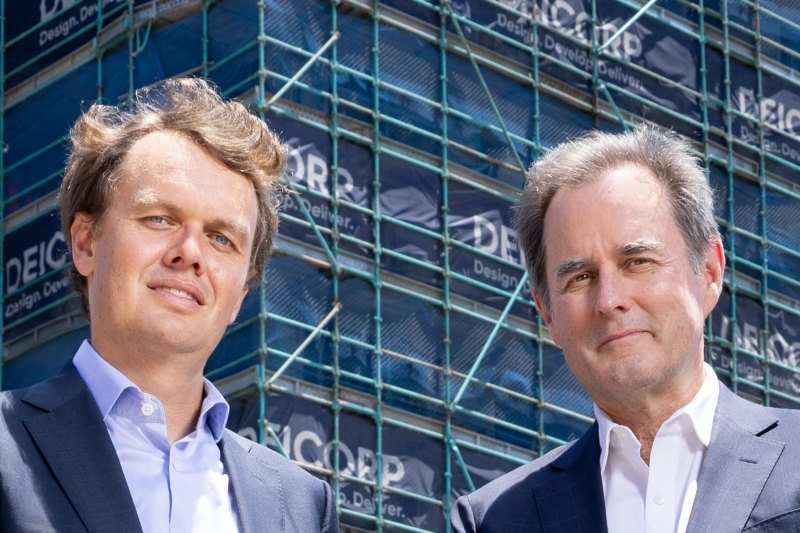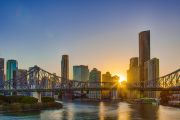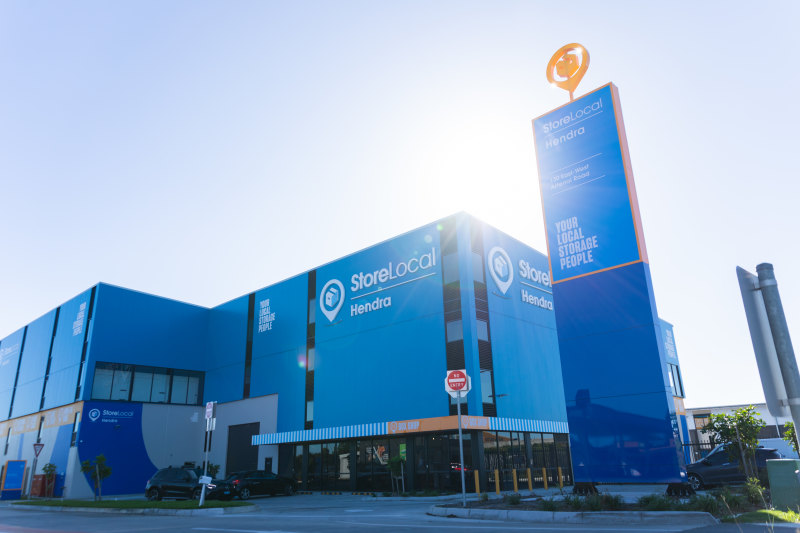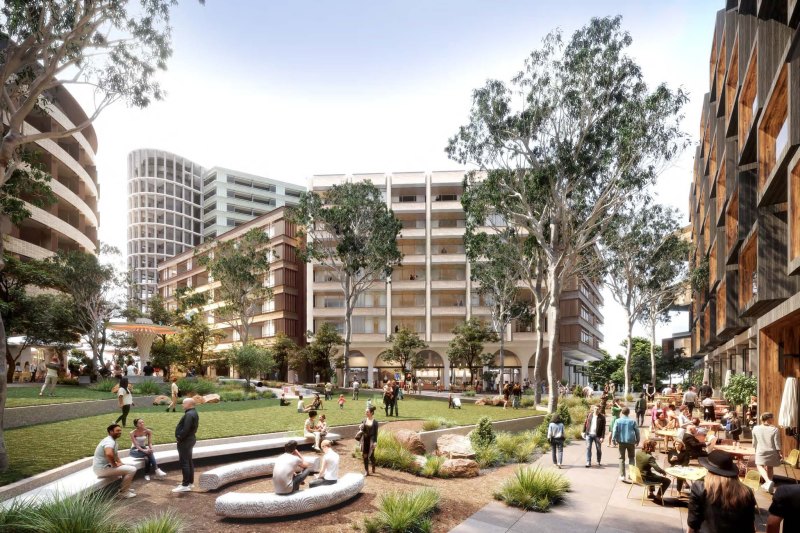
AMP Capital buys air space above Gallipoli Memorial Club for nearly $11m, but it can't be developed
AMP Capital has bought the air space rights above Sydney’s heritage-listed Gallipoli Memorial Club building for $10.6 million, but is handing the lot over to the City of Sydney in order to increase the scale of its giant Quay Quarter Tower development.
The fund manager lodged a development application to vertically subdivide 12-14 Loftus Street into two stratum lots – one containing the existing Gallipoli Memorial Club building and the second being the airspace above the club.
Air space is the property ownership of the space above the piece of real estate, prohibiting others from trespassing or developing above the owner’s property.
The air space above the club’s building sold for nearly $30,000 a square metre, going by its site area of 359 square metres.
It ends nearly 30 years of AMP Capital’s negotiations and acquisition attempts of the Gallipoli Memorial Club building from the club – being the only site in the precinct bordered by Loftus and Young streets that the investment giant does not own. It reportedly offered about $4.5 million for the building in 1991, which the club rejected.
The air space above the club’s building will be the first of a string of air space lots in Circular Quay’s Young and Loftus streets precinct that will be subdivided from an existing building and transferred to the council.
Other buildings in the air space deal include 2-10 Loftus Street, 16-20 Loftus Street, the former Hinchcliff Wool Store at 5-7 Young Street, which will be preserved, and 9-17 Young Street.
The deal is part of two voluntary planning agreements signed between AMP Capital, its subsidiaries, Gallipoli Memorial Club Ltd and the City of Sydney in 2014.
In the same year, the investment manager entered an option agreement with the club, paying a fee of $300,000 a year to hold on to the rights to buy the air space.
AMP Capital then exercised the option in late 2017, acquiring the air space rights for $10.6 million. It will also bestow the club a 600-square-metre basement in neighbouring 2-10 Loftus Street, owned by AMP Capital, which would be used for the club’s new museum.
In exchange for handing the air space over to the City of Sydney, AMP Capital is able to develop more floor space in its $2.7 billion Quay Quarter Tower at 50 Bridge Street.
While the agreement did not increase the overall floor space permitted across the precinct of buildings owned by AMP, it enabled planning control changes to permit a redistribution of floor space from its Young and Loftus Streets block to the 50 Bridge Street development – a major enabler of the Quay Quarter precinct’s density.
Simultaneously, the Young and Loftus streets block would be revitalised into smaller scale mixed-use developments by AMP Capital, including Loftus Lane.
An AMP Capital spokesperson said part of the voluntary planning agreement was “the capping of height on the Young and Loftus streets block and the creation of air space lots above the new buildings within that block, which will be transferred to the City Council to ensure the height cap is maintained in perpetuity”.
A City of Sydney spokesperson said the council “plans to preserve the air space over (the) Young and Loftus street” precinct.
“This will ensure the existing view corridor is maintained, sun access to Macquarie Place is improved and the heritage-listed Gallipoli Memorial Club is protected from further redevelopment given its available floor space was transferred into the development.
“In exchange, AMP (is) able to realise a complex development outcome not possible under typical planning arrangements.”
AMP Capital owns all the properties in the Young and Loftus streets block, except the Gallipoli Memorial Club building. This gave the club certainty that the deal would go ahead, pushing it to proceed with the sale.
“The Gallipoli Memorial Club has been in negotiations with the AMP for some 20 years. We are the only lot not owned by the AMP in the Quay Quarter,” Gallipoli Memorial Club president John Robertson said.
He added that the club would not have used the air space above the building anyway.
“The club is in two sandstone wool stores and is heritage-listed including the roof. We are prevented from developing above the club by the (heritage) listing,” he said.
The proceeds of the sale will be used to restore and conserve the existing building, as well as to establish a “dedicated high-tech” Gallipoli Museum underneath 2-10 Loftus Street.
The club bought the property for £13,500 in the 1940s.
Air space property developments, which are common overseas, are becoming increasingly widespread in Sydney and Melbourne as land supply shrinks in CBD areas.
Macquarie Group recently finalised a deal with the NSW government to acquire the air space above Sydney’s existing Martin Place station for $355 million, where it intends to build two towers integrating with the transport interchange below by 2024.
And Golden Age plans to build a $450 million worth of apartments above The Glen shopping centre in Melbourne, where it acquired the air rights from Vicinity Centres this year.












